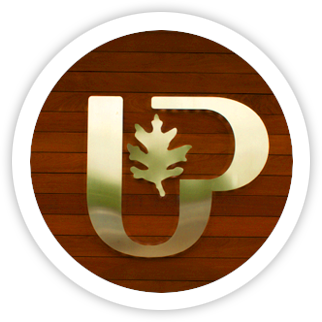Home
We Need Your Input!
The City of University Park is committed to enhancing pedestrian safety, accessibility, and connectivity throughout the City. This includes developing a plan to bring all city-maintained facilities into compliance with the Americans with Disabilities Act (ADA) guidelines.
To build a plan for everyone, we need your help! We will be engaging the community to get feedback on how best to prioritize safety improvements for the city. Whether you walk, bike, drive, use a wheelchair, take transit, or ride a scooter, we want to hear from you. Please use this site to leave feedback on your accessibility concerns through our survey, the interactive map, or attending one of our upcoming events. This project page will serve as your hub for all updates and involvement opportunities related to the project! Explore our feedback opportunities to share your thoughts in the interactive map and survey tabs. For more background on the project expand the sections below.
Thank you for helping us advance the community's vision and values to foster a more livable and connected city.
The Americans with Disabilities Act is a law that ensures people with disabilities have access to public spaces and services.
The Department of Justice published revised regulations for Titles II and III of the Americans with Disabilities Act of 1990 ADA in the Federal Register on September 15, 2010. The 2010 Standards set minimum requirements – both scoping and technical – for newly designed and constructed or altered State and local government facilities, public accommodations, and commercial facilities to be readily accessible to and usable by individuals with disabilities.
An ADA Transition Plan is a roadmap that helps cities and towns ensure that their public rights-of-way facilities and city-maintained buildings and parks are accessible to everyone, including people with disabilities. “ADA” stands for the Americans with Disabilities Act, which is a law that requires public places to be accessible.
The Transition Plan includes:
1. Identifying Barriers: Finding places where there are obstacles that make it hard for people with disabilities to get around, like steps without ramps or sidewalks that are too narrow.
2. Setting Priorities: Deciding which barriers should be fixed first. For example, accessibility of sidewalks and street crossings near schools or libraries could be a top priority.
3. Scheduling and Budgeting: Planning when and how the changes will be made, including how much they will cost.
4. Monitoring Progress: Keeping track of how well the plan is being followed and making adjustments if needed.
The goal is to make the town or city a welcoming place for everyone, so people with disabilities can move around freely and safely.
PROWAG, which stands for Public Right-of-Way Accessibility Guidelines, provides detailed standards for designing pedestrian facilities like sidewalks and crosswalks so they are accessible to everyone, including those with disabilities. By using PROWAG to evaluate existing infrastructure and design new pedestrian facilities, municipalities can make sure that all individuals can safely and comfortably navigate public areas.
The Access Board has published new guidelines under the Americans with Disabilities Act (ADA) and the Architectural Barriers Act (ABA) that address access to sidewalks and streets, crosswalks, curb ramps, pedestrian signals, on-street parking, and other components of public right-of-way.
Learn more at https://www.access-board.gov/prowag/
To learn more about an ADA Transition Plan, here are links to websites created by the United States Government.
US Access Board Public Right-of-Way Accessibility Guidelines
https://www.access-board.gov/prowag/
US Access Board 2010 Americans with Disabilities Act
https://www.access-board.gov/ada/doj.html
US Department of Justice Americans with Disabilities Act
https://www.ada.gov/law-and-regs/design-standards/...
Federal Highway Administration – ADA Transition Plan and Inventory Map
Public engagement is key to a successful ADA Transition Plan. You can help University Park develop our plan for this project by:
- Sharing your experience navigating University Park's public rights-of-way, buildings, and parks by taking this brief survey.
- Contributing to this interactive map survey by documenting where you have seen accessibility barriers around the city.




